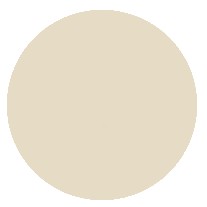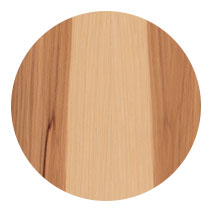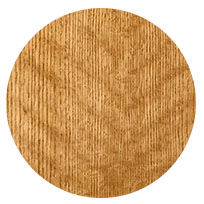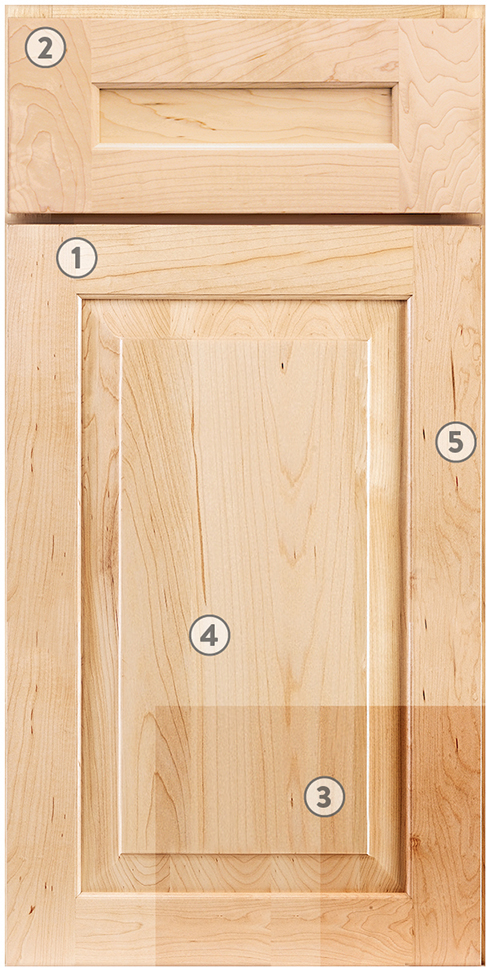Wood Types
The specie of wood you choose makes as much of an impact as the style of cabinetry. Each type holds finishes differently and boasts its own unique grain characteristics.

ULTRACORE™ (D)
An advanced material that’s engineered for todays painted cabinetry. Provides a smooth, solid, stable material which results in a superior painted finish. Priced the same as maple, it is less susceptible to temperature and humidity, which means less expansion, minimizing joint lines.

CHERRY (C)
Brings a rich, elegant feel. Common in fine furniture. Darkens or "mellows" with age. May contain small knots for added character.

HICKORY (H)
The hardest wood with the widest color variation. Random burls, knots and mineral streaks give each hickory kitchen a unique sensibility.

RUSTIC HICKORY (RH)
Includes a combination of open knots, wormholes, dramatic color contrast and mineral streaks. These characteristics occur naturally.

MAPLE (M)
A go-to wood species–very uniform and predictable. Therefore takes lighter stain and paint colors well.

OAK (O)
Another popular, versatile wood with rich textures and grain patters that lends itself to practically any application.

QUARTERSAWN OAK (QO)
This technique of cutting a tree at a nearly 90° angle creates a parallel and orderly feel to the grain–as opposed to the natural variances in the grain you'll find with traditional woods.

RUSTIC ALDER (RA)
Commonly used for a rugged look with knotholes, burls and mineral streaks. Can create a modern industrial look with a darker finish.

The Beauty of Natural Wood
1. Joint Lines:
Since wood naturally expands and contracts, you may see hairline cracks in the finish surface at the joints. Joint lines are normal and do not affect the strength of the door’s construction.
2. End Grain:
End grain surfaces and softer areas of the wood may accept more stain and often appear darker than other surfaces. This is a natural reaction when finishing wood products, and potential variances cannot be controlled.
3. Aging:
All wood ages. Certain wood, such as cherry, will continue to mellow and darken over time. This brings warmth to lightly-stained cherry and increases depth below darker stains. Exposure to bright light will enhance mellowing, often causing cherry wood to darken several shades within only a few months.
4. Telegraphing:
Refers to the visibility of wood grain, pin holes, knots and mineral streaks showing through a finish. The amount of wood grain showing – or telegraphing – varies by wood type and finish, and can range from subtle to distinct. Open-grain woods like Oak and hickory, tend to show more than fine-grain wood like maple and cherry.
5. Mineral Streaks:
As a tree extracts nutrients from the soil, mineral deposits may form in the wood. These mineral deposits may cause blackish-blue streaks in the grain, which may appear lighter or darker than other areas of your cabinetry when a finish is applied.
 Loading... Please wait...
Loading... Please wait...


